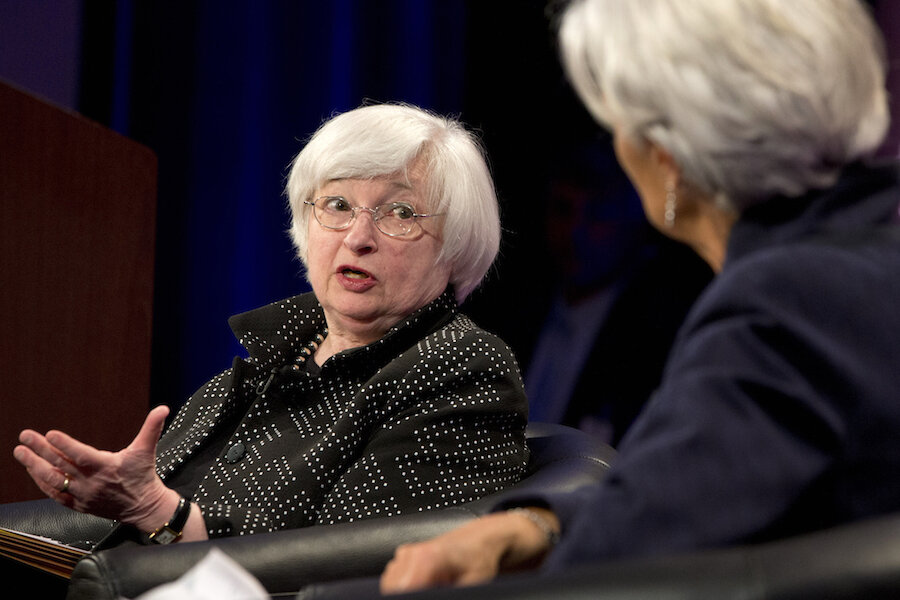Three reasons the Fed is keeping rates low
Loading...
The Federal Reserve has been keeping the benchmark short-term interest rate at record lows since the financial crisis in 2008. The near-zero rates are about to bust, economists say, but not until the economy shows certain signs of recovery that are so far yet-to-be-seen. Read on for our roundup of reasons why the first interest rate hike in nine years is yet to come — and what it means for you.
1. We Still Need the Stimulus
The Fed was so confident in the nation's job gains and overall economic growth at the start of 2015, that Fed Chair Janet Yellen's eagerness to raise interest rates was almost palpable. But the state of the U.S. economy has since gone stagnant. While the Fed still envisions sizable growth in the near future — the kind that could spawn higher rates — the results just aren't coming in yet. The economy still needs the amount of stimulus the central bank is providing.
For folks on Main Street, that stimulus is important. Cheaper borrowing means consumers can spend more easily, even when times are tough. For businesses, it means conditions are ripe to expand and hire new workers. But when rates finally do begin to rise, borrowing will become more expensive, which in some cases could limit job growth.
"Based on my outlook, I expect that it will be appropriate at some point later this year to take the first step to raise the federal funds rate and thus begin normalizing monetary policy," Yellen said in July. "I want to emphasize that the course of the economy and inflation remains highly uncertain, and unanticipated developments could delay or accelerate this first step."
2. Full Employment Remains Elusive
We're inching closer to full employment, but we're not quite there yet. What the Fed is waiting for, generally speaking, is for the unemployment rate to drop below 5%. Right now it's hovering about a tenth of a percentage point above that. When it drops, the labor market will strengthen, which will lead to price increases and wage growth. Those factors, and others, will eventually push inflation higher, creating prime conditions for a rate increase.
Full employment is achieved when all eligible workers who want to find a job are able to do so.
"Key measures of hourly labor compensation rose at an annual rate of only around 2% through most of the recovery," Yellen said. "More recently, however, some tentative hints of a pickup in the pace of wage gains may indicate that the objective of full employment is coming closer into view."
3. Domestic Spending Is Dropping
Domestic spending is the lifeblood of the U.S. economy, especially now as the nation moves toward recovery. But right now domestic spending is dropping, and that weighs heavily on economic growth. Low domestic spending can be good because it helps cut the deficit. But it also means that everyday Americans can easily feel the pinch. Transportation subsidies, funding for Head Start, and money for national parks are examples of some of the first things to drop. All told, spending on domestic programs has been on the decline since 2010, and is on track to reach the lowest level in more than 50 years by 2023.
The deficit hit a high point in 2009 at nearly 10% of the overall size of the economy. It has been in decline every year since. When the deficit does start to rise again, however, it will be due in part to the expected rise in interest rates.
This article first appeared at Wise Bread.







